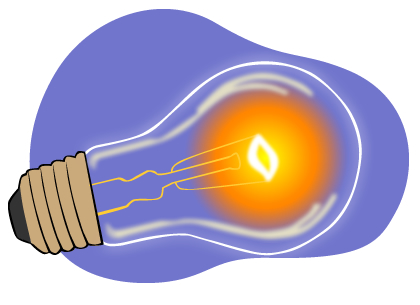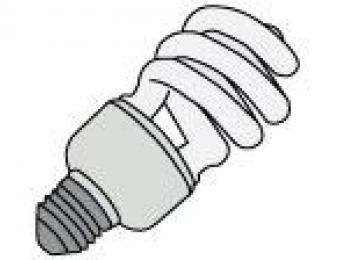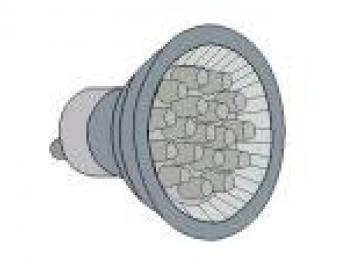When it comes to the lifetime of light globes, every type of bulb is different:
- Incandescent globes, on average, last between 700 to 1,000 hours.
- Halogen globes can last up to two or three times that amount, depending on quality.
- CFLs last considerably longer, with an average lifespan of between 6,000 and 15,000 hours.
- LEDs will typically outlast everything else by quite a big margin, with an average lifespan of between 70,000 and 100,000 hours.

Lumen depreciation
Regardless of the bulb's average rated life though, every type of light source experiences ‘lumen depreciation’. This means that as the globe gets older, it becomes less capable of producing the same amount of light (measured in lumens).
In the not-too-distant past it used to be the case where once the light stops working, you changed it. Nowadays, with all of the new lighting technologies, it’s not quite that simple. Cheaper CFLs typically experience faster lumen depreciation compared to their counterparts, but higher quality models generally lose no more than 20% of their initial lumens over their 10,000 hour life.
LEDs and lumen depreciation
LED globes, on the other hand, continue to operate even after their light output has decreased to very low levels, but they can last up to 10 times longer than CFLs and 100 times longer than an incandescent globe. In fact, LEDs never really even 'burn out' – the average rated life for LEDs is the time by which they have experienced 30% lumen depreciation. They will continue to operate, albeit with a much lower light output, and are considered to have reached the end of their 'useable lifespan'.
Factors affecting lumen depreciation
There are many other factors that can affect the life cycle of a light globe, such as:
- Using a bulb with a wattage that is too high for the fixture (i.e. a 100W globe in a 60W fitting).
- Insulation in the ceiling preventing proper ventilation, forcing the globe to generate too much heat.
- Vibrations, particularly in bulbs under stairways, on or near an out of balance ceiling fan, or near a door that gets slammed. Special shock resistant bulbs are available for these applications.
- Flickering. Turning the light on and off constantly will reduce bulb life. This can either be deliberate (those with kids may relate), or it can be caused by a bad light socket or a poor electrical connection.
You don’t necessarily have to wait for the bulb to expire before changing it. It should be changed when the ‘colour’ of the light begins to fade to a level that is uncomfortable. As lights get older they use the same amount of power to generate less light, too. Changing the light bulb is often the best option.



